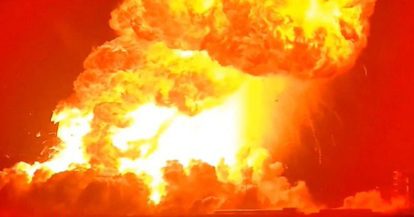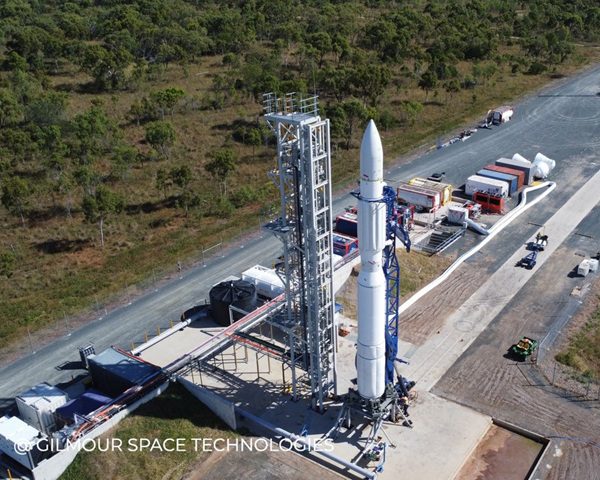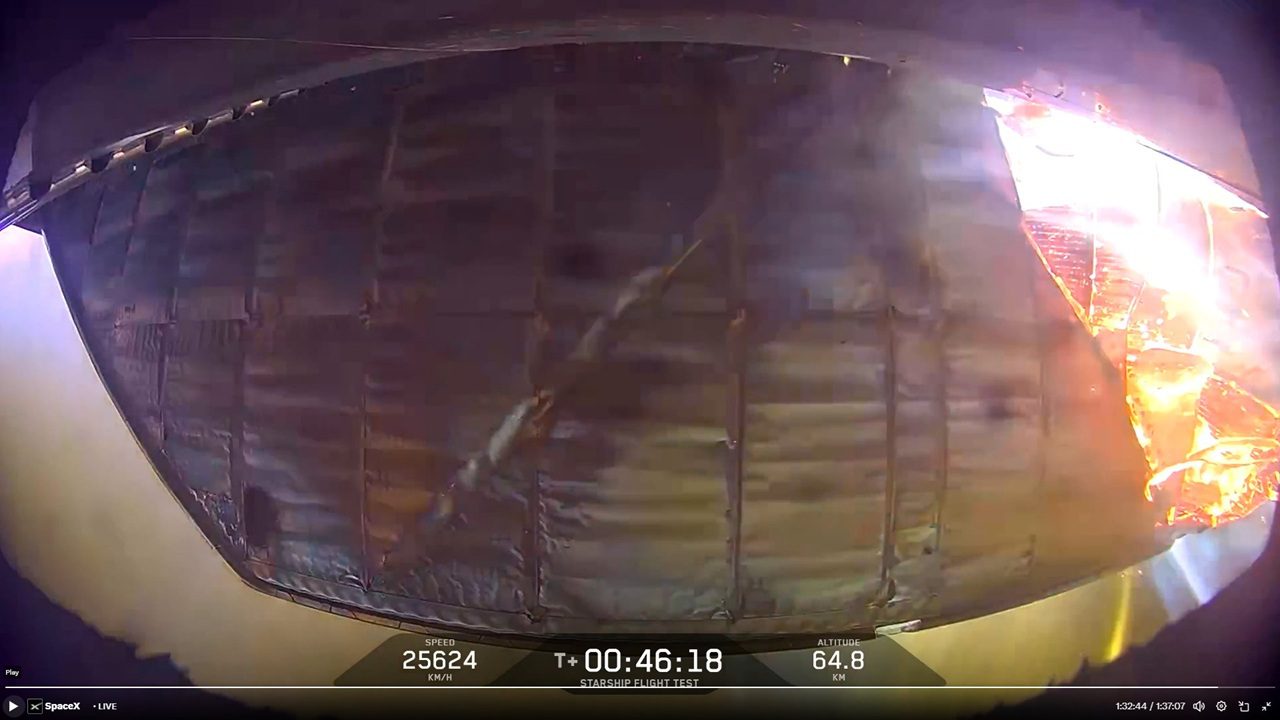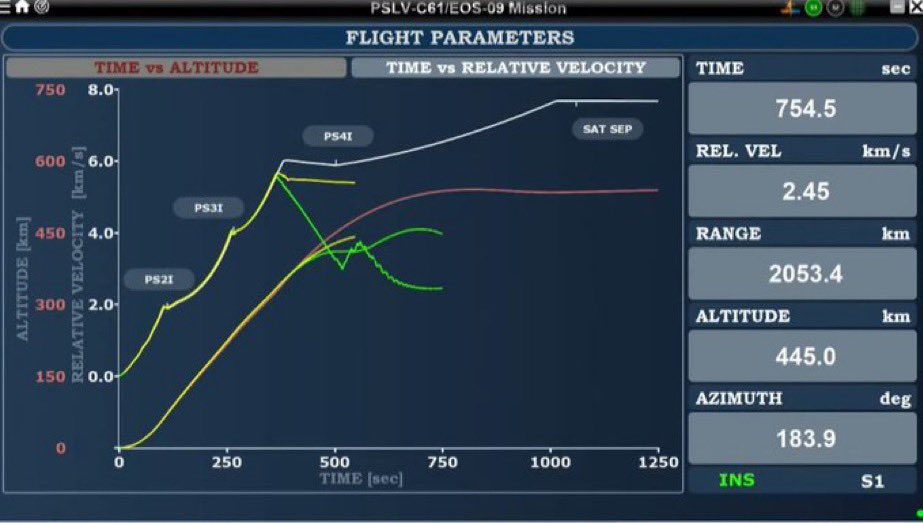At 1558 GMT on 8 July 2014 a Soyuz 2-1B/Fregat M launch vehicle successfully placed the 2.5 metric ton Meteor 3M-N2 Russian weather satellite into Sun-synchronous orbit. The launch took place from the Baikonur Cosmodrome launch site near Tyuratam in Kazakhstan.
Also aboard were six smaller satellites including AIS-SAT 2 – a ship identification and tracking satellite for Norway, DX-1 – a private ship tracking satellite (part of Dauria Aerospace’s Perseus constellation), the MKA-FKI PN2 (RELEK) spacecraft which will be used for magnetosphere research, Skysat-2 – a prototype imaging satellite for the Skybox constellation, TechDemoSat-1, which is a small technology demonstration satellite built by Surrey Satellite Technology Limited for the UK Space Agency carrying instruments measuring sea roughness and the space radiation environment. Finally, the UKube satellite is a Scottish cubesat built by Clyde Aerospace and jointly funded with them by the UK Space Agency (UKSA) representing the agency’s first satellite order.
The launch was not without controversy. Two maritime monitoring satellites, Venta 1 and M3MSat, which had been due to fly on the launch, were withdrawn by their respective Latvian and Canadian governments in protest at the Russian annexation of the Ukrainian region of Crimea.
Surprisingly, or perhaps cunningly, the Government of the United Kingdom waited until its two satellites had been launched successfully on this flight before imposing visa bans on Russian aerospace executives wanting to attend the Farnborough International Air Show under the same pretext.







